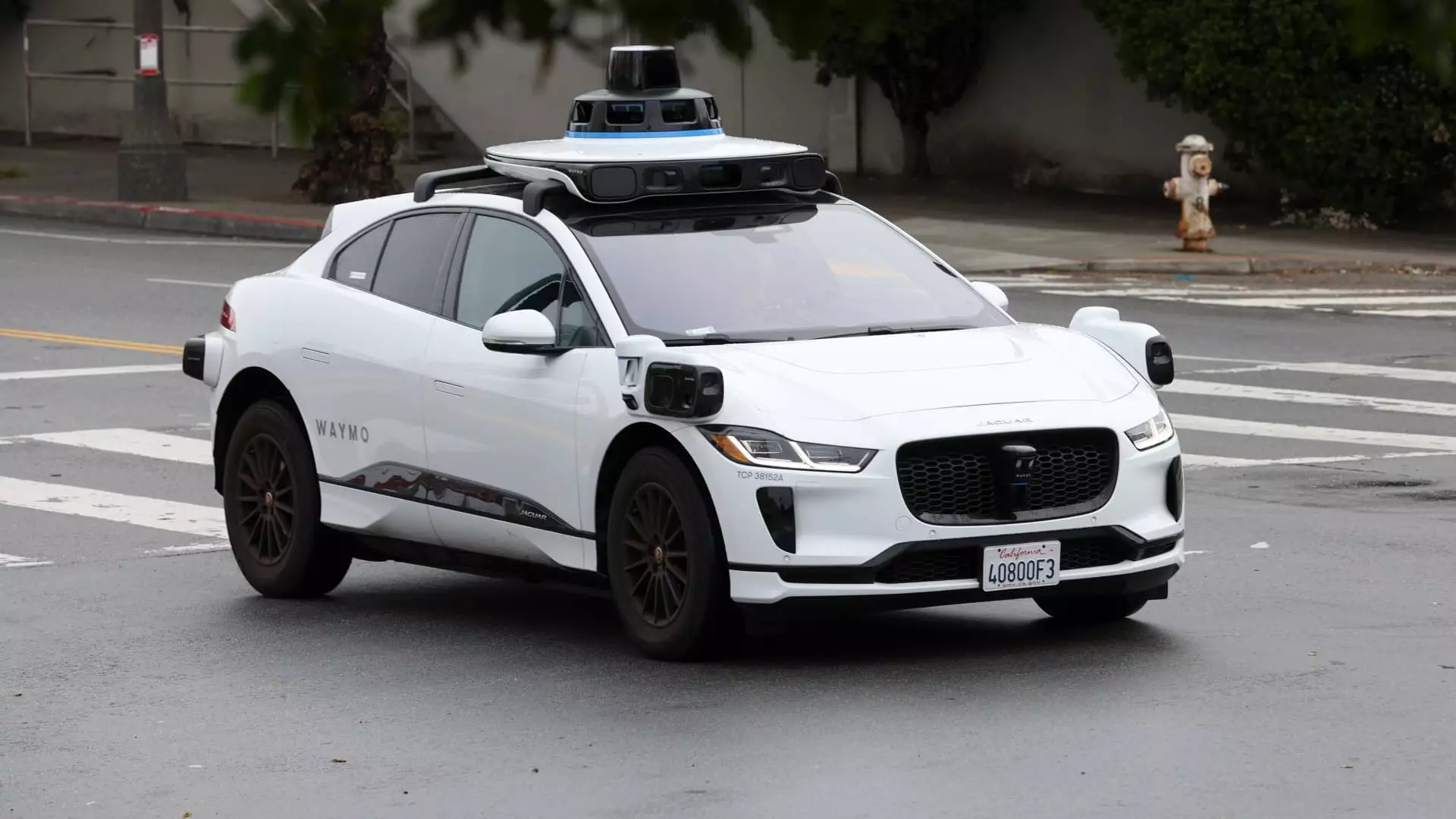Waymo, the ambitious self-driving arm of Alphabet, has secured the green light to broaden its autonomous ride-hailing service across the San Francisco Bay Area, making its way to San Jose. This move represents a significant leap in the availability of innovative transportation options. While some might see this solely as an incremental expansion in the tech landscape, the implications are far more profound and transformative. By allowing driverless vehicles to operate in one of the technology meccas of the world, Waymo is not just changing the way people move around; it’s altering the societal fabric of a city that thrives on innovation and progress.
The Passion of San Jose
Mayor Matt Mahan of San Jose has been a fervent advocate for Waymo’s operations, asserting that the company embodies the entrepreneurial ethos that Silicon Valley stands for. While his excitement is commendable, it also opens up a dialogue about the dangers of unquestioned enthusiasm in the face of rapidly advancing technology. The potential for autonomous vehicles to disrupt traditional industries, including taxi services, public transport, and even local businesses, cannot be underestimated. It is crucial to balance enthusiasm with skepticism to ensure that innovation does not outpace our ability to manage it.
Public Safety vs. Progress
Waymo’s proposed expansion dovetails intriguingly with the ongoing discussions within the California Department of Motor Vehicles to establish new regulations for autonomous vehicle deployment and testing. The apparent speed of Waymo’s expansion raises valid concerns about public safety. Will this evolution be measured and cautious, or will it sprint headlong into the unknown? The California Public Utilities Commission’s approval could be seen as a rubber stamp if adequate measures aren’t in place to safeguard the public. It’s an exhilarating prospect to think of a future where human intervention is minimized, but it should not come at the cost of public safety.
Economic Implications and Job Transformation
The economic repercussions of this technological leap extend beyond convenience. Waymo recently reported over 250,000 paid robotaxi rides weekly, a staggering number that hints at a seismic shift in the ride-hailing sector. But how does this affect local economies? Traditional taxi drivers could find themselves facing job displacement, and the ripple effect could be detrimental for families relying on these incomes. There’s a paradox here: while technology can improve efficiency and reduce costs, it can simultaneously disband livelihoods. Economic policy must step in to create a framework that leads us to this new age without leaving the vulnerable unprotected.
The Broader Road Ahead
The Waymo expansion invites us to reflect not merely on the technological marvel that it represents but on the responsibilities it entails. Bluetooth and smartphone apps are no longer the cutting-edge marvels; they represent milestones in the ever-evolving journey towards autonomy. As we step into this new frontier, it’s imperative that we remain vigilant and critical, ensuring that the fruits of innovation benefit all citizens and not just the privileged few. It is this delicate balance that will determine whether Waymo’s expansion into San Jose will be celebrated as a win for progress or condemned as a harbinger of unchecked technological dominance.

